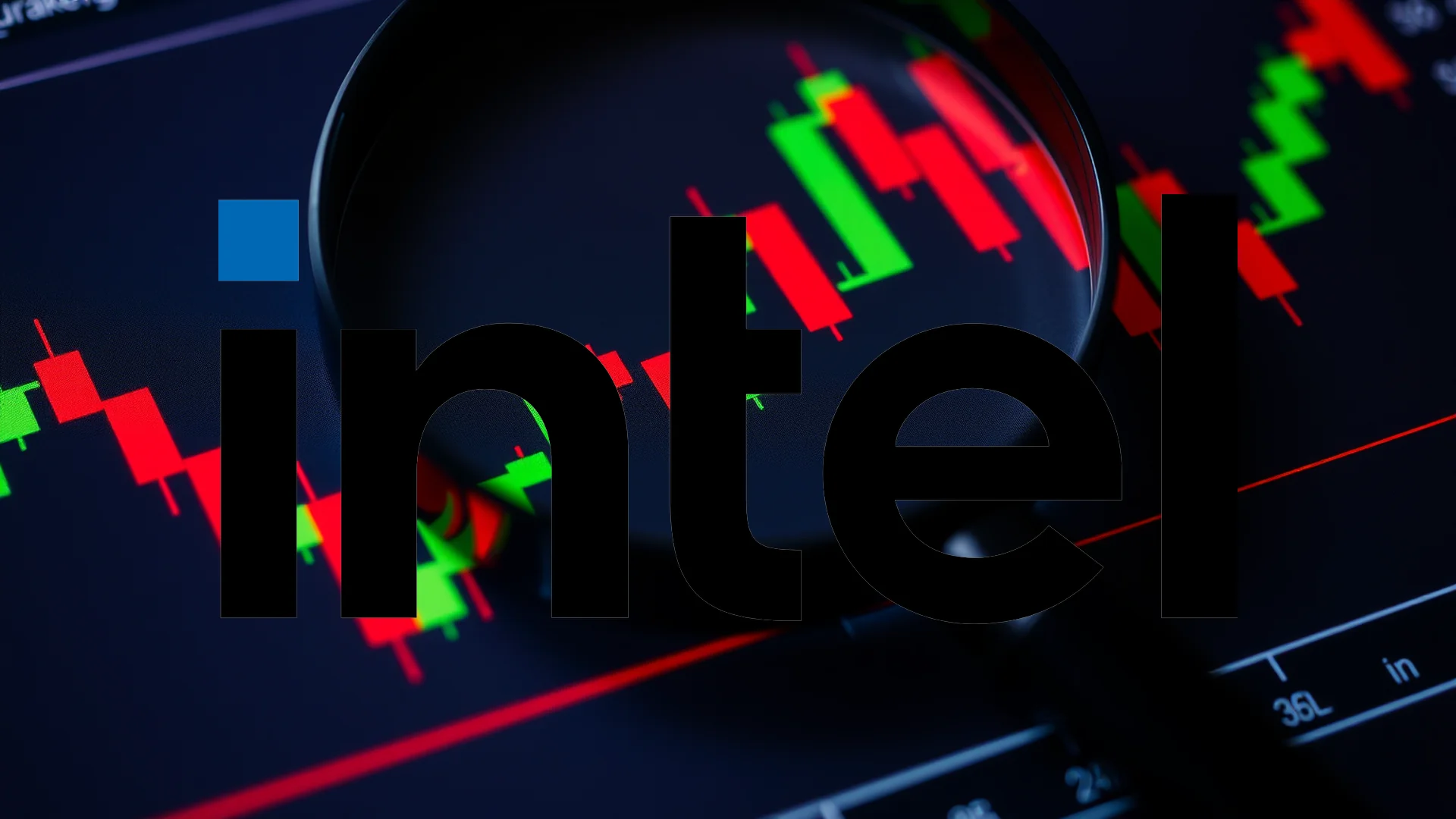The investment case for GE Vernova presents a fascinating conflict. On one side, Wall Street analysts are overwhelmingly bullish, issuing a chorus of buy recommendations. On the other, the energy technology company’s latest quarterly earnings delivered a mixed performance, creating a clear divergence between market sentiment and financial results. This leaves investors to ponder which force will ultimately prevail.
Institutional Investors Place Their Bets
Activity among major financial institutions reveals significant positioning. Recent data shows that 1,387 institutional investors increased their holdings in the last quarter, while 840 reduced their exposure. This substantial activity indicates strong interest from the “smart money” segment of the market.
JP Morgan Chase & Co. executed one of the most notable moves, expanding its portfolio allocation by over 270% through the acquisition of nearly 4.2 million additional shares. However, this bullish stance wasn’t universal. Other significant players, including Capital International Investors and D. E. Shaw & Co., applied the brakes decisively by substantially reducing their investment positions.
Overwhelming Analyst Consensus
Market experts have spoken with remarkable unity. A dozen financial institutions have issued buy-side recommendations for GE Vernova in recent months, with not a single sell rating among them. This exceptional consensus sends a powerful message about the perceived fundamental strength of the company.
Heavyweight firms including Morgan Stanley, Wells Fargo, and JP Morgan reaffirmed their “Overweight” ratings in October. Simultaneously, TD Cowen and Melius Research maintained their “Buy” positions. Such synchronized optimism from typically diverse analytical viewpoints is unusual in financial markets.
Should investors sell immediately? Or is it worth buying Ge Vernova?
Quarterly Results Paint a Complex Picture
The company’s financial report released on October 22 revealed contradictory signals. Revenue climbed 11.8% to reach $9.97 billion, exceeding market expectations. However, earnings per share of $1.64 disappointed analysts who had anticipated stronger profitability.
On a positive note, the company achieved a significant turnaround from a loss in the same quarter last year to a net income of $452 million. This demonstrates progress, yet the robust revenue growth appears to be confronting margin pressures that impacted bottom-line performance.
The Central Investment Dilemma
The critical question for investors remains whether GE Vernova can fulfill the substantial expectations set by bullish analysts. The confidence displayed by institutional buyers and the uniformly positive research ratings suggest deep-seated belief in the company’s future trajectory.
Nevertheless, the disappointing profit figures raise valid concerns about whether current optimism is warranted. The tension between forward-looking expectations and present financial reality creates the fundamental investment challenge surrounding GE Vernova shares, leaving market participants to determine if expectations are running ahead of actual performance.
Ad
Ge Vernova Stock: Buy or Sell?! New Ge Vernova Analysis from December 25 delivers the answer:
The latest Ge Vernova figures speak for themselves: Urgent action needed for Ge Vernova investors. Is it worth buying or should you sell? Find out what to do now in the current free analysis from December 25.
Ge Vernova: Buy or sell? Read more here...









